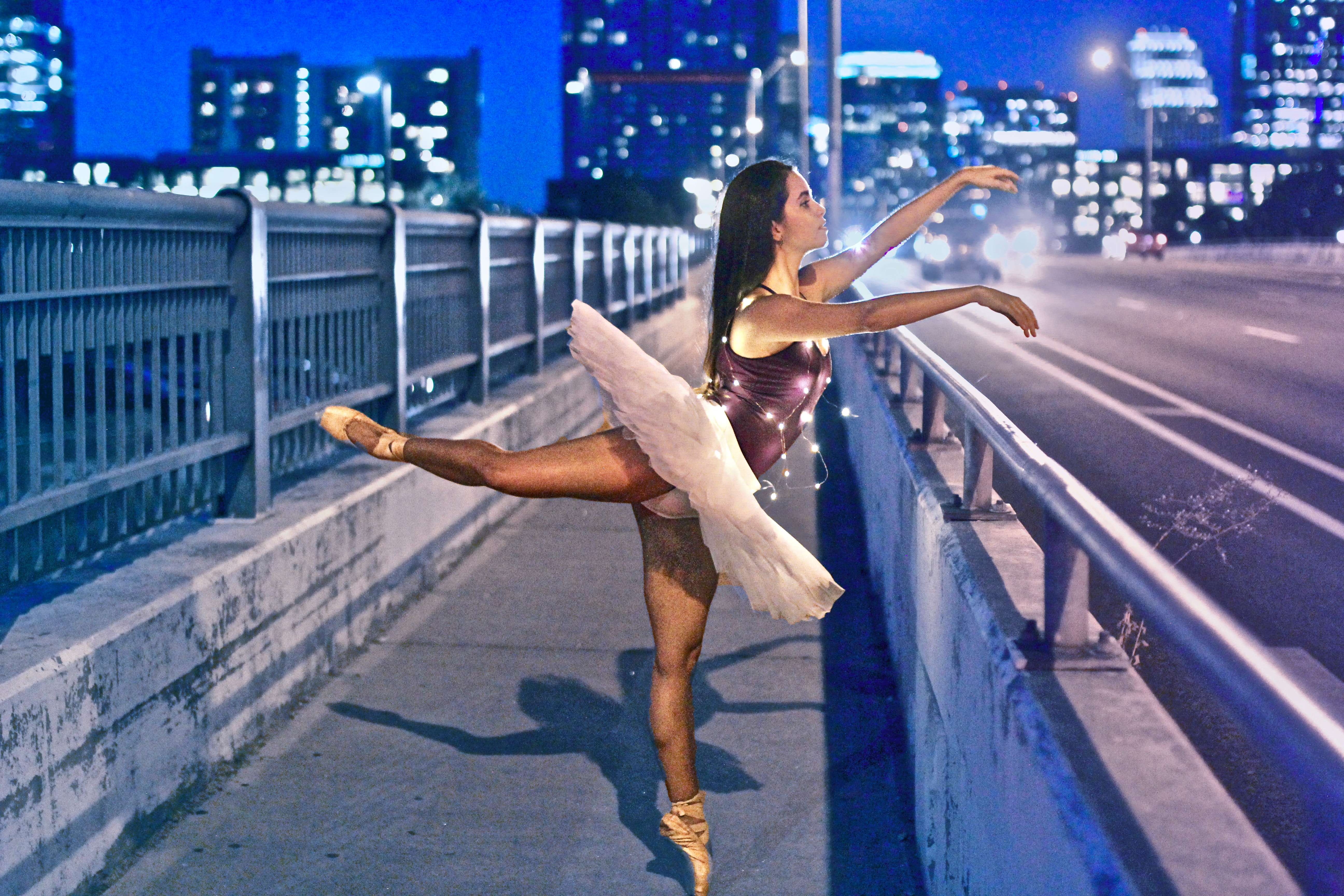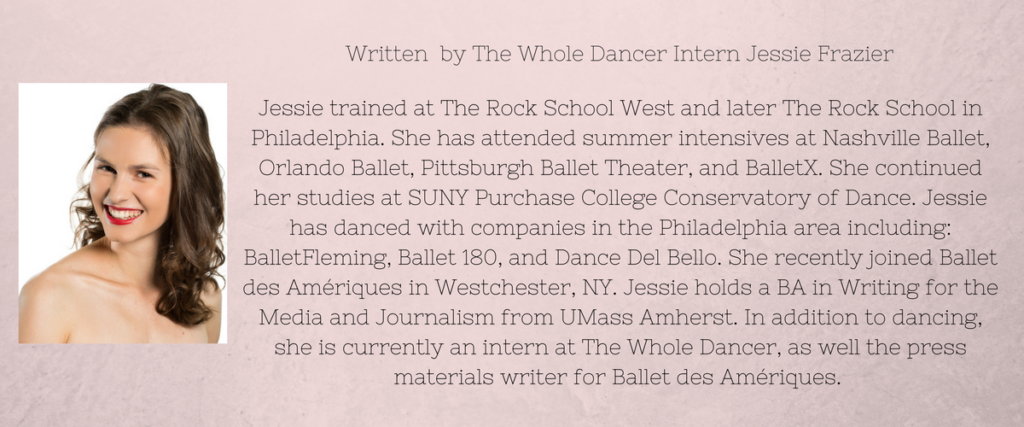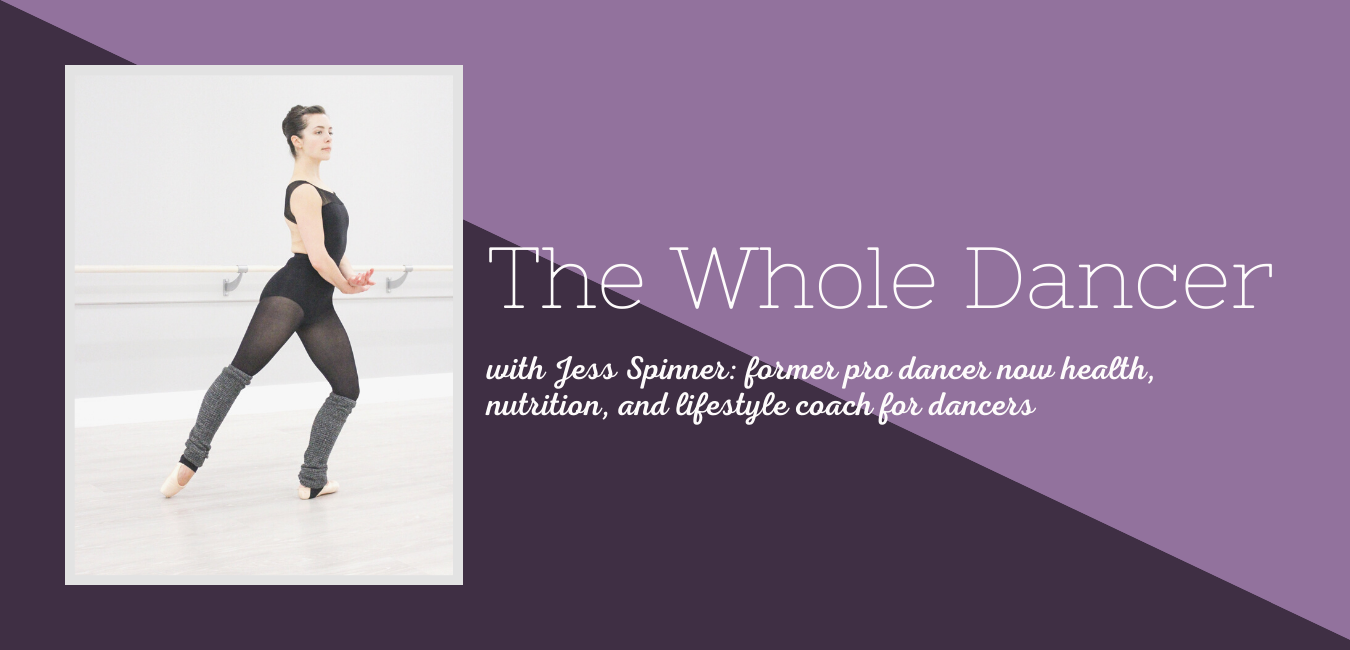Mindfulness for Dancers :
Tips and Benefits
Featuring Terry Hyde MA, MBACP
Lately I’ve noticed that mindfulness has been the buzzword on social media. People constantly posting articles about how to live a mindful life, eat mindfully, work mindfully, and advertising their services as mindfulness coaches. But what does mindfulness mean? And should we be jumping on this mental health and life awareness craze?
“Mindfulness is not something new. It’s a practice that has been around for thousands of years,” says Terry Hyde, psychotherapist and former dancer who counsels dancers. “The essence of mindfulness is just being in the moment. Not worrying about the past or the future”.
Hyde sees a lot of general anxiety when working with dancer clients, for which mindfulness is the key coping method. Anxiety is separated into two types: situational and chronic. Situational anxiety is when anxiety only appears in isolated situations such as performances and auditions. Chronic anxiety is always present at a low level.
During your training as a dancer, you are corrected every day being told: “That’s not good. You’re not right.” These corrections can develop into: “I’m a failure if I don’t get this,” “I’m not good enough,” and other negative thoughts.
Hyde works with his clients to help them realize where these thoughts and anxieties come from. “When you realize you can change something, you can control it,” says Hyde. This often helps dancers because “dancers need to be in control all of the time.” Working on mental or thought control is a form of mindfulness.
When explaining mindfulness to clients, Hyde provides the example of cleaning the dishes: “Using mindfulness you just think about what you are washing up. You’re not worried about the next meal you’re going to use with the dishes. ”
As humans, worrying is our default. Naturally, dancers have many things to worry about. “We dwell on the past: was that performance good enough? And we fret about the future: worrying about auditions, getting a contract, and upcoming performances. Sometimes it feels that our brains are going a mile a minute with all of these thoughts and worries. It’s our own noise in our heads that prevents us from being mindful,” says Hyde.
He explains the stream of a dancer’s conscious as: “I use the analogy of a freeway. The cars are your thoughts. If you walk on a freeway you get run over. [To be more mindful] Don’t interact with the cars/your thoughts. Allow them to go past and acknowledge them.”

“We can’t stop our thoughts,” continues Hyde. But he did tell me several ways to better interact with our thoughts and become more mindful.
There are several apps that can help dancers decrease stress and increase mindfulness. Hyde recommends using Headspace to learn mindfulness meditation (the app offers the first 10 meditations free and then a subscription is required for longer meditations and other mediation courses).
Calm is another app that he recommends to clients. Calm (which is free but after 7 days you have to pay for a subscription) is an app that helps clients reach their mental health goals such as: becoming more mindful, reducing anxiety, managing stress, getting a better night’s sleep, increasing self esteem, and teaching gratitude. It offers guided meditations, stories to guide you into sleep, calming music, lectures, and more.
Many dancers think of yoga as a method of cross training, but it can also be a way to increase your mindfulness. Dancers have a tendency to gravitate towards the more physical classes such as heated yoga or Vinyasa yoga where you’re moving your body through poses the entire class and sweating buckets. For mindfulness, Hyde believes: “Hatha Yoga – breathing yoga, is better than hot yoga because it teaches you breathing techniques.”
Hyde believes that breathing is such an important coping method. He instructs clients in his 4-8 breathing method:
- Breathe in through the nose for 4 counts
- Breathe out through the mouth with control using pursed lips for 8 counts
- Breathe 4 shallow breaths
- Repeat this cycle 4 times
Breathing slows down the heart rate, in turn reducing the fight or flight feeling that anxiety can bring on. You can use this breathing technique whenever you feel your anxiety increasing such as before or during a performance or audition.
If you feel that you need more guidance in becoming mindful and coping with anxieties, do not be afraid to reach out and work with a mental health professional such as a psychiatrist or therapist. When searching for a mental health professional to work with, Hyde recommends finding: “one who has dealt with dancers, ice dance skaters, gymnasts or athletes, as these have an understanding of what continuous training and performance stress they go through. Even better, one that was a dancer, ice dance skater, gymnast or athlete, who has a true understanding of what their client is going through.”
You can find these mental health professionals by “looking for performing arts medicine organizations in your country as they may have lists of psychotherapists/counsellors who have a history of treating performers,” says Hyde.
To learn more about Terry Hyde, you can visit his website: www.counsellingfordancers.com for further information.

